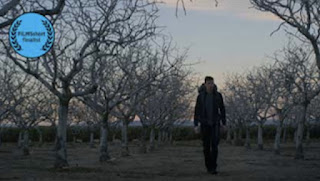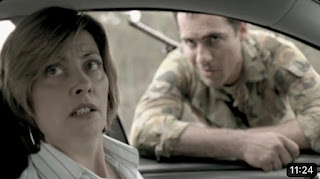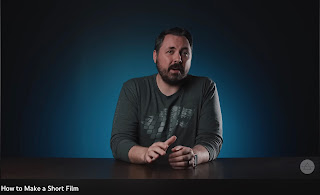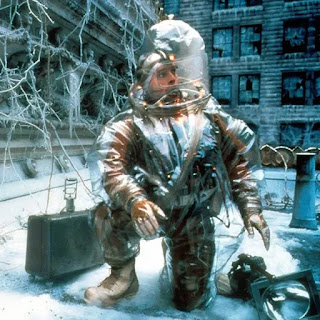Interpretation/Thriller

To begin with this short film of the interpretation of a book of war hold a lot of camera angles movements and shots. Namely tracking shots are the most apparent camera movements inserted into this film. These shots follow the character's movements and allow for a continuous shot which builds suspense in thriller films and the reality of the moment. For example, the two main protagonists in the film were being followed by three men and a tracking shot captured the three men gaining on the two protagonists. Furthermore, many of the shots were at mid-close-up to close-up shots which captured the character's emotions and acting during the film. The characters in this film were tired, in love, scared and defeated. There was an addition of a Dutch shot and all the shots were at eye level to allow for balance and a complete view of things. The Dutch angle added a suspense factor signaling danger in the three men following the two protagonists. Throughout the short film it was




